Anyone who’s ever written an academic paper will tell you that while the end product may be enriching, the process itself is laborious, and often, crisis-inducing. To write an academic book then, on a subject as painstaking as history, is quite the tall order. Manu S. Pillai (MSP), one of India’s rising historians and public intellectuals, has surpassed this order, with three highly acclaimed books on India’s histories under his belt by the age of 30. Pillai’s work has revitalised narratives of southern and central India, reflected in his first two books The Ivory Throne: Chronicles of the House of Travancore (2015) and Rebel Sultans: The Deccan from Khilji to Shivaji (2018). His interests in centring gender and caste in India’s ‘grand narratives’ of history further come to the fore in his latest anthology of historical essays, The Courtesan, The Mahatma, and the Italian Brahmin: Tales From Indian History (2019). Pillai also writes regularly on history across a range of publications.
AG: What distortions do you think take place when history is told through strong ideological lenses? What impacts does this have on how ‘History’ and ‘Historians’ are perceived?
MSP: What history does, when studied with an open mind, is challenge deeply held beliefs of an infinite variety. These could be political beliefs, ideas pertaining to morality, or even simply enduring wisdom about what “the past” was all about. It is perhaps a natural human failing to view the past through the lens of the present: we are conditioned a certain way, and brought up in current contexts, and these colour the way we approach history.
In that sense a degree of distortion is inevitable—even historians are creatures of the present and while they aspire to be objective, nobody can achieve absolute objectivity.
But what can be done—and this is what professional historians do—is to recognize this and scientifically approach the subject so as to minimize the risk of distortion. What happens, on the other hand, with professional distorters of the past, usually to justify political actions or sentiments, is to throw such caution and method to the wind, to read sources from the past selectively or incomprehensively, and to project erroneous conclusions as fact, or worse, “the truth”. One of the ways in which this happens, for example, is in how sources are approached. There are some in the world of the internet who will read a historical text and accept its contents at face value. Professional scholars, however, will interrogate the text itself: what language is it written in, who is the intended audience, what is the author’s background and context, and what is the text trying to achieve, and so on. Texts in that sense often convey the prejudices, attitudes, and cultural leanings of their authors and patrons rather than accurate accounts of the times they describe.
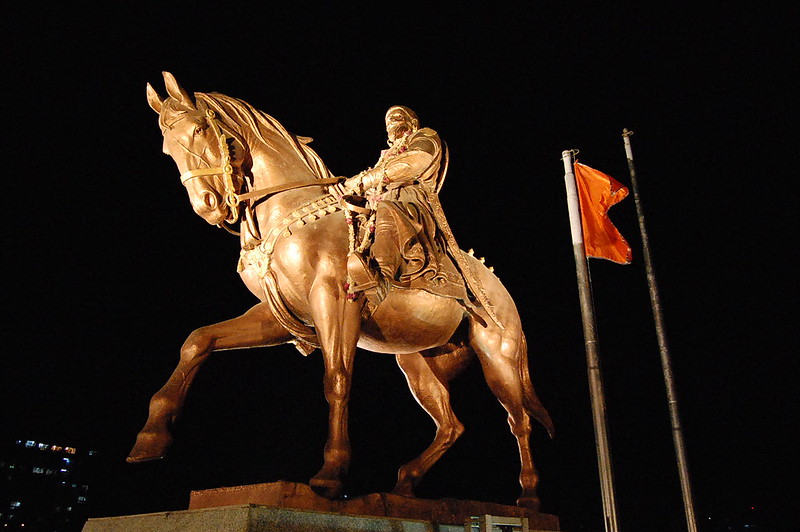
When ideology comes into the picture, of course, people tend to play down some things and play up others, in order to fit that ideology and its vision of the past. Some, for example, proclaim India as a syncretic paradise; others say Indian history is all about clashes between powerful religions. Sober analysis suggests, however, that reality was somewhere in the middle. For instance, Shivaji, as part of his kingly self-image, articulated a Hindavi Swaraj, where he sought to elevate Sanskritic ideas over Persianate, Islamicate concepts. So, as he went from powerful warlord to consecrated king, he did use Brahminical religion to cement his vision and to construct for it a certain legitimacy. But this does not mean all of society in his day functioned on a religious basis: his father and uncle, Shahaji and Sharifji, were named after a Muslim Sufi saint called Shah Sharif, for example, because on the ground, there was indeed a powerful syncretic tradition. What is important is to understand the context of such phenomena, and trouble raises its head when events or processes are removed out of context, applied across the board, and thereby misunderstood and misrepresented. I think, in that sense, that the best way to tackle distortion is to highlight context.
AG: Across your books and essays, how do you decide which gaps to fill in the telling of India’s history?
MSP: There are a few broad themes that interest me, which include power, gender, caste, and the exploration of human behaviour.
I have for some time wondered, for instance, why it is that all grand narratives on Indian history are either pivoted on specific events or on the accomplishments of “great men”. Where, for instance, are the women?
It is not that they are absent. Yes, there is a paucity of material, which makes finding their stories more difficult, but if an effort is made, they do appear, and in positions and roles as important as those played by contemporary men. Female bhakti saints, for instance: you can certainly hold them up as devotees of assorted gods, but in that vocabulary of devotion, there is also dissent and radical intellectual thought. So too if we ask questions about how mythological women are recast over time—why Sakuntala, for instance, from a forthright and confident woman who looks king Dushyanta in the eye and challenges him when he fails to recognize their son in the Mahabharata, becomes in Kalidas’s hands a weeping lady who can’t speak for herself, needs rescue, and champions stoic resignation. A comparison of the two Sakuntalas in two different periods tells us how social mores evolved and the ideal of womanhood changed.
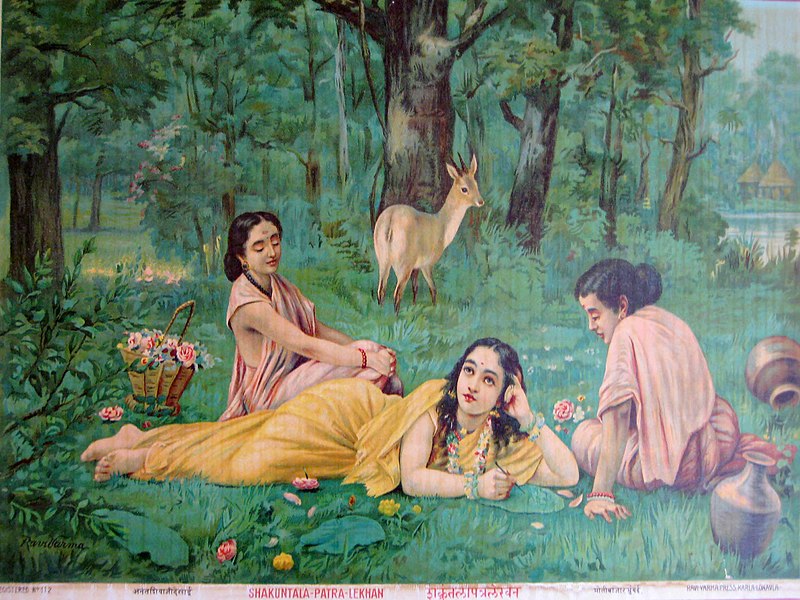
We have a natural tendency to view things simplistically, whereas the world, then as today, was more complex. So, as Amar Farooqui compellingly shows, the conquest of Malwa by the British at the cost of the power of the Maratha Scindias wasn’t merely about one political actor dominating another. On the contrary, it included banking networks, the opium trade and issues of profit and loss, as well as powerful female actors, and these dynamics together led to military action in the 1840s that broke the power of the Scindias of Gwalior. In other words, there is complexity and there are several layers to what may, at first glance, seem black and white. I think once one starts asking questions of every story that has been handed down, such gaps appear on their own and energise one’s own quest for answers. Or at least a fuller understanding. In my case, this comes from highlighting either forgotten figures from India’s past, many of them women, or from revisiting well-known episodes and events but from perspectives that are less well-known.
AG: Conversations on Indian history take place in formal academic books, yet also find much space in electoral politics and WhatsApp forwards too. How can these gaps be bridged to make well-researched, long-form history a popular affair? Where do you situate yourself in this exercise?
MSP: The intentions of each are different. What happens in scholarly circles does not usually have an immediate political axe to grind, though ideology does admittedly invade this space very often.
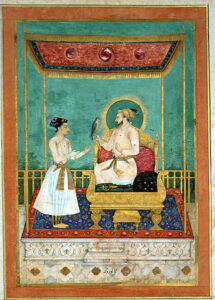
What happens in politics and on Whatsapp, on the other hand, is not even history as understood properly but a pale imitation of it, curated to fit immediate purposes, and essentially altogether driven by ideology and politics. However, yes, one way to tackle this is to bridge the gap between academic history and the intelligent lay audience. In the West, this has become relatively common where academics themselves now write accessible books for readers outside the seminar circuit. Think of Mary Beard, for instance, who is a senior classicist and scholar at Cambridge but has also authored a series of “popular” books through non-academic publishing houses. Or Supriya Gandhi of Yale who recently wrote a biography of Dara Shukoh that marries academic rigour and originality with fine writing and readability.
Academics working in India haven’t quite taken the lead on this, but many of them are supportive of writers who do publish well-researched popular works of history. Harbans Mukhia, for instance, has expressed praise for Ira Mukhoty’s book on Mughal women; Rudranghu Mukherjee for Sudeep Chakravorty’s new account of the Battle of Plassey; and so on. In my own case, while I do have one foot developing in academia through my ongoing Ph.D., my popular writing so far has received endorsement from Muzaffar Alam, Dr. Mukherjee, and others.
I think in this age of communication, it is very important that history is not only restricted to academic circles but is consciously also brought out in an accessible fashion for larger audiences. People who are susceptible to Whatsapp forwards and the drivel that is passed off as history on social media platforms may not at once take to reading even popular books. But in the long term, I think this will make a difference.
AG: What role do you see history playing in the development of a country or nation-state?
MSP: All modern nations tend to construct grand narratives for themselves. The Americans have a narrative of theirs, just as we have ours, pivoted on the values of the freedom struggle. This does, however, lead to a selective reading of the past, just as specific ideas and events from the past are used to buttress national ideologies and values of the state. In that sense history and politics are joined at the hip: the latter requires the former to nourish it and survive. But it is not the job of historians to celebrate narratives. Their job is to understand narratives, why they exist, where they come from, and so on. In an age of hyper-nationalism, having this task of puncturing dearly held beliefs and myths is not the most enviable task, but it is an important responsibility nonetheless, so that we do not get carried away with our own grand narrative and retain a balance between pride for the country’s heritage and over-the-top chauvinism that looks down on all others and everything that is foreign.
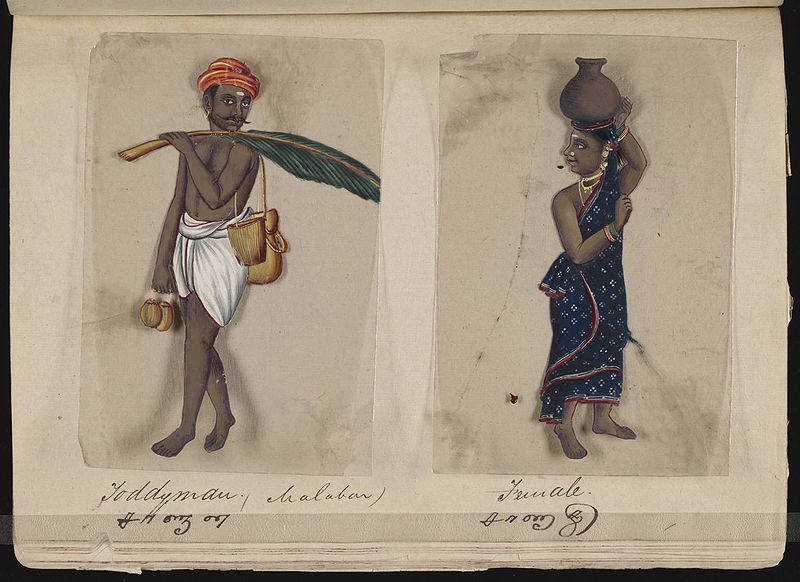
For instance, we complain that in British schools their children are taught nothing about the horrors of colonialism, learning only how the British Empire built railways and “spread democracy” and so on. But we ourselves get uncomfortable when reminded that our own great historic achievements were built on the back of a caste-based society and obscene levels of dehumanizing inequality. We still need to cultivate the maturity to learn that while there was good, there was also less-than-good in the past—and that this is fine, and need not aggravate us in the present if we learn from it and avoid repeating the errors of history.
AG: What are some of the limitations or challenges of the ‘mainstream’ education in history available to students today?
MSP: At the university level, I think the situation is not hopeless, in that students can be exposed to wide and diverse kinds of reading and learn to embrace different perspectives. School history is, however, where we have a problem because 50- or 100-page textbooks are supposed to encapsulate “Indian history”. In a country as diverse as ours, with such a multiplicity of narratives, identities, languages, and peoples, textbook writers succumb to clichés and a few broad narratives, and many grow up with only this as their exposure to the past. Is it surprising that their view of the present is also myopic?
At higher levels, if you move away from the humanities, then you are cut off completely from history, which can have serious effects on your worldview. I often meet people who talk of running the country like an efficient well-oiled machine, and it is quite a challenge to explain that countries are made up of people and societies, entailing matters of culture and identity and much else, and are by design incapable of acting like machines.
Unless you know history, it is difficult to explain why dissent is important, why checks and balances are essential on power, and why unilateral orders from the top will do damage to our heterogeneous nation. History is what gives us a breadth of mind and sobriety of perspective: without it, no matter how educated or intelligent one is, one’s worldview will always be limited.
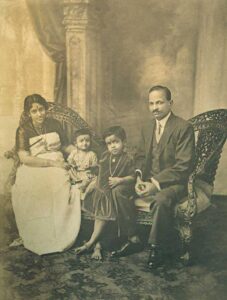
TB: Let’s assume all of India’s school students were studying under a single board. If you could rehaul the history/histories being taught to all of these students, what are some of the changes you’d make to the curriculum taught? Any examples from your own work that you’d include?
MP: To link it with what I said earlier, the most important change I would introduce is to substantially increase the female presence in history. I think exposing students early on to the dynamics of gender can go a long way in producing minds that are more open, more amenable to learning and questioning preconceptions, and to developing depth. I have in recent times repeatedly said that the greatest caste system of all is that between men and women, and even learning to acknowledge this can hugely modify the way young people think and act.
Featured image courtesy of Manu S. Pillai | Views expressed are personal.


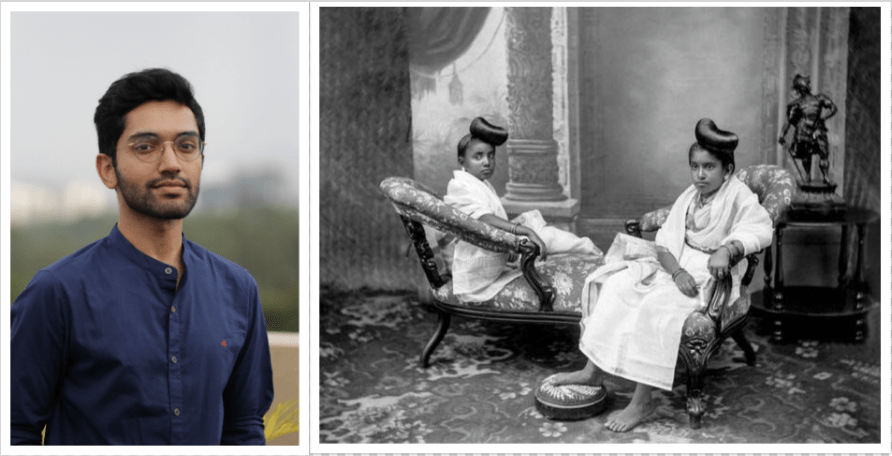




Reading novels is something I like doing, however it is incredibly distracting from my schoolwork. I want to spend more time on my interests, so I hire a study support service like https://supremedissertations.com/ to help me with my studies. Everyone who is studying will find this to be a very beneficial resource.